University of Florence Introduction
The University of Florence is a public research university located in Florence, Italy. Its history can be traced back to the Florence Academy established in 1321. It was officially named the University of Florence in 1923.
Overview
Number of students and faculty: It has about 60,000 registered students, 1,800 structured lecturers and researchers, about 1,600 technical and administrative staff, and more than 1,600 doctoral and postdoctoral students.
Campus distribution: The various colleges are distributed in different areas of Florence, such as the Agricultural College in front of Parco delle Cascine, the Engineering College is located in the S. Marta Institute, and the School of Architecture is located in the city center.
History
In 1321, the Republic of Florence established the Studium Generale, which offered courses in civil law, religious law, literature and pharmacy. Many famous scholars have taught here.
In 1349, Pope Clement VI issued a decree granting the Studium the right to award general degrees and establishing the first Italian-language seminary in Florence.
In 1364, the college became an imperial university, and in 1473 In 1859, the university moved to Pisa due to the rule of the Medici family, and then moved several times.
In 1859, the scattered teaching departments were reorganized into the "Higher School of Practice and Perfection", and was officially named the University of Florence in 1923.
Establishment time
The predecessor Florence Academy was officially established in 1321, and was officially named the University of Florence in 1923.
School strength
Faculty: It has 1,800 structured lecturers and researchers, and many teachers have profound attainments and rich teaching experience in their respective fields.
Teaching resources: The school has 12 colleges, providing 102 undergraduate programs, 111 postgraduate programs, and 5 undergraduate and master programs, covering many disciplines. It also has multiple scientific research and development higher education centers, interdisciplinary department centers, and inter-university centers.
Institutional nature
Public university.
Educational philosophy
Focus on cultivating students' comprehensive literacy and innovation ability, emphasizing the combination of teaching and scientific research, and through theory and practice, enabling students to master professional knowledge and have the ability to solve practical problems. Students are encouraged to participate in scientific research projects and academic exchanges, cultivate international vision and teamwork spirit, and cultivate responsible and professional talents for society.
Key laboratories and disciplines
Key laboratories: School researchers are affiliated with 21 departments and use about 40 research facilities, including inter-departmental and inter-university centers, as well as research, transfer and higher education centers.
Advantageous disciplines: Law is one of the leading faculties in Italy and has been recognized as a national "Excellence Department" by the Italian Ministry of Education, University and Research many times. Medicine, physics, mathematics, economics, literature, art history and other disciplines are also very strong, and have a high reputation in Italy and even internationally.
Faculty
The school has 12 colleges, including the College of Agriculture, Architecture, Economics, Pharmacy, Law, Engineering, Literature and Philosophy, Medicine and Surgery, Psychology, Education, Mathematics, Physics, Natural Sciences, Political Science, etc.
Ranking
Ranked 402nd in the 2024 QS World University Rankings, it is at the forefront of Italian universities.
Expenses
Tuition fees vary depending on the major and degree type. Generally speaking, the tuition fees for undergraduate and master's degrees are relatively reasonable, ranging from about 1,000 to 3,000 euros per year. At the same time, the school provides a variety of scholarships and grants to help students reduce their financial burden.
Campus environment
Architectural style: The campus architecture combines the styles of different periods such as the Renaissance, echoing the art city of Florence. The ancient architecture creates a strong academic and cultural atmosphere for students.
Learning and living facilities: The school has complete learning facilities, a rich library collection, excellent museum exhibits, and service points such as the university language center, foreign cultural center, and information center to meet the diverse needs of students' learning and life.
-
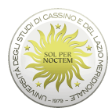
University of Cassino and Southern Lazio
-

University of Campania Luigi Vanvitelli
-
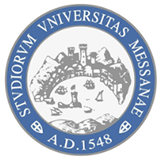
University of Messina
-
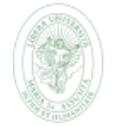
Libera Universita degli Studi Maria SS. Assunta di Roma (LUMSA)
-
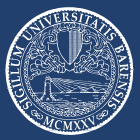
University of Bari Aldo Moro
-
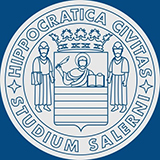
University of Salerno
-
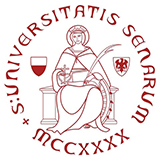
University of Siena
-
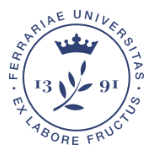
University of Ferrara
-
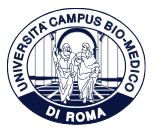
Campus Bio-Medico University of Rome
-

University of Genoa
-

Mesoamerican University
-

Istmo University
-

Mariano Galvez University of Guatemala
-

Regional University of Guatemala
-

Galileo University
-

Francisco Marroquín University
-

Rafael Landívar University
-

University of the Valley of Guatemala
-

University of San Carlos of Guatemala
-

Technological Institute of Tlaxcala Plateau
-

Golfo University
-

Technological University of South Sonora
-

Technological University of Huejotzingo
-

Tizimín Institute of Technology
-

Chilpancingo Institute of Technology

